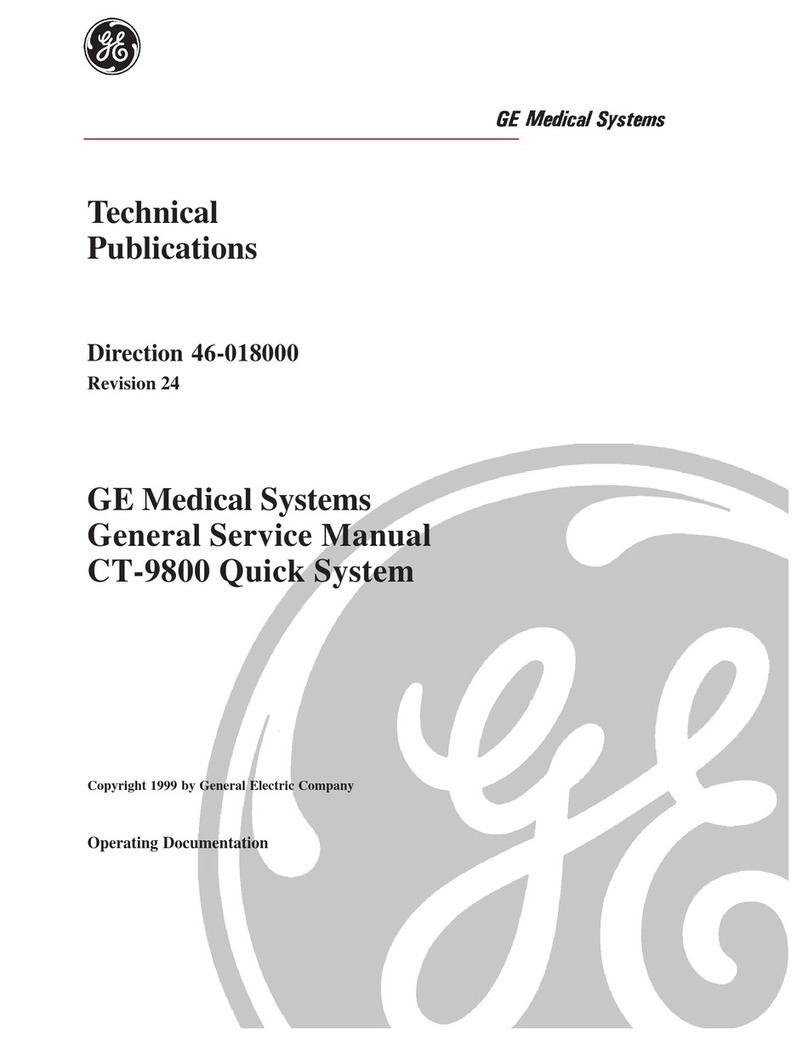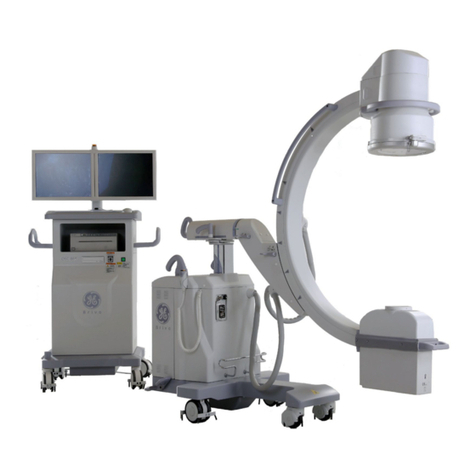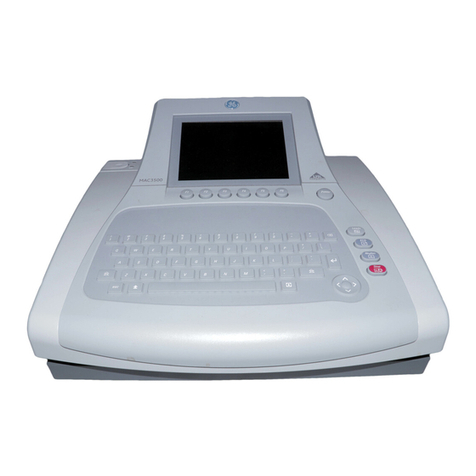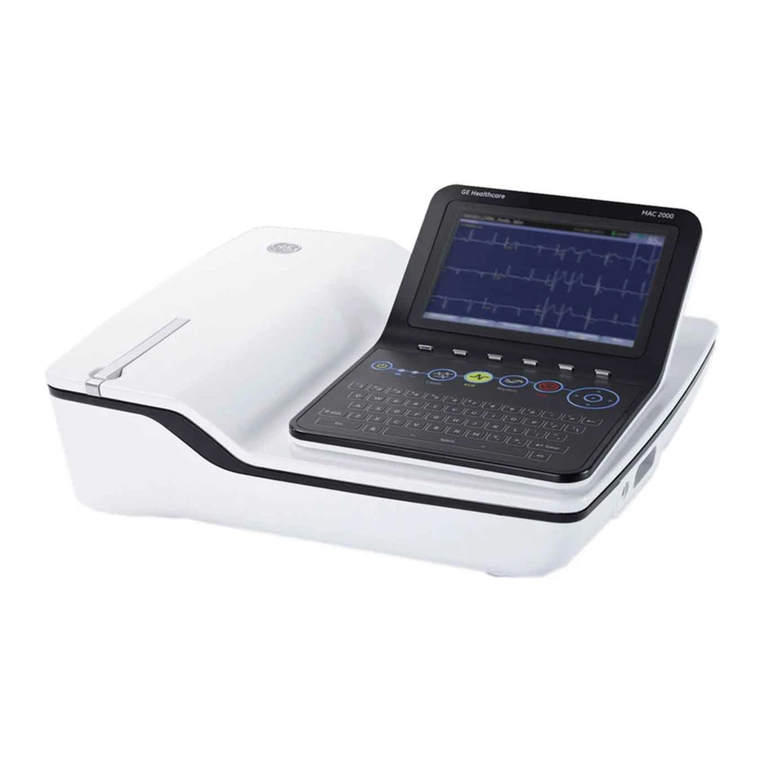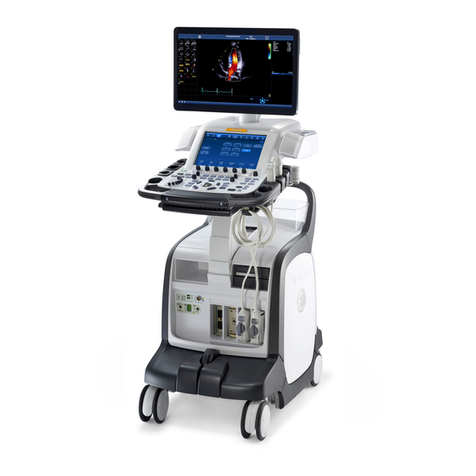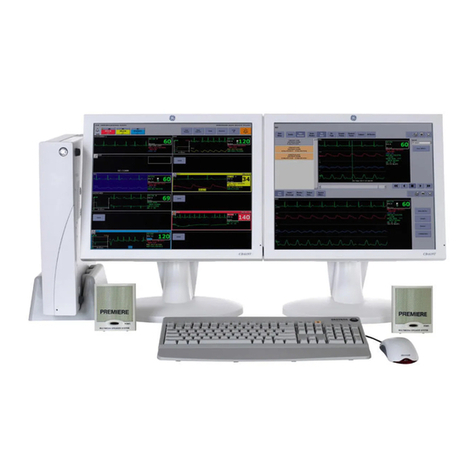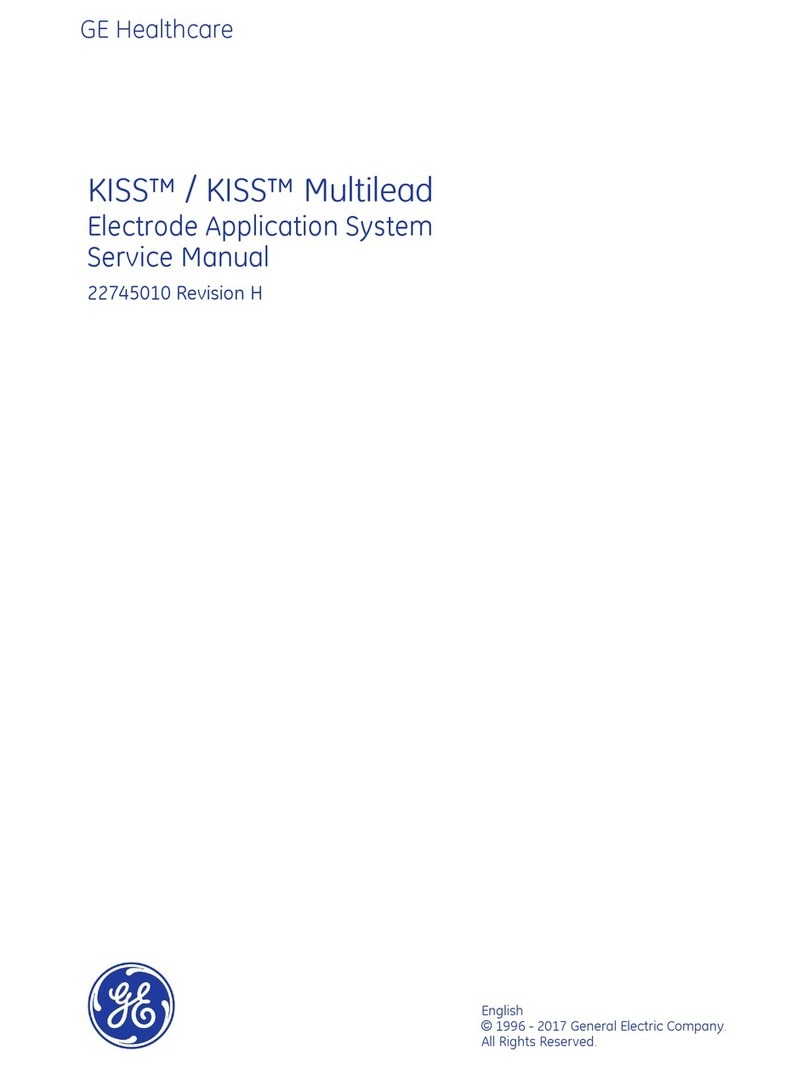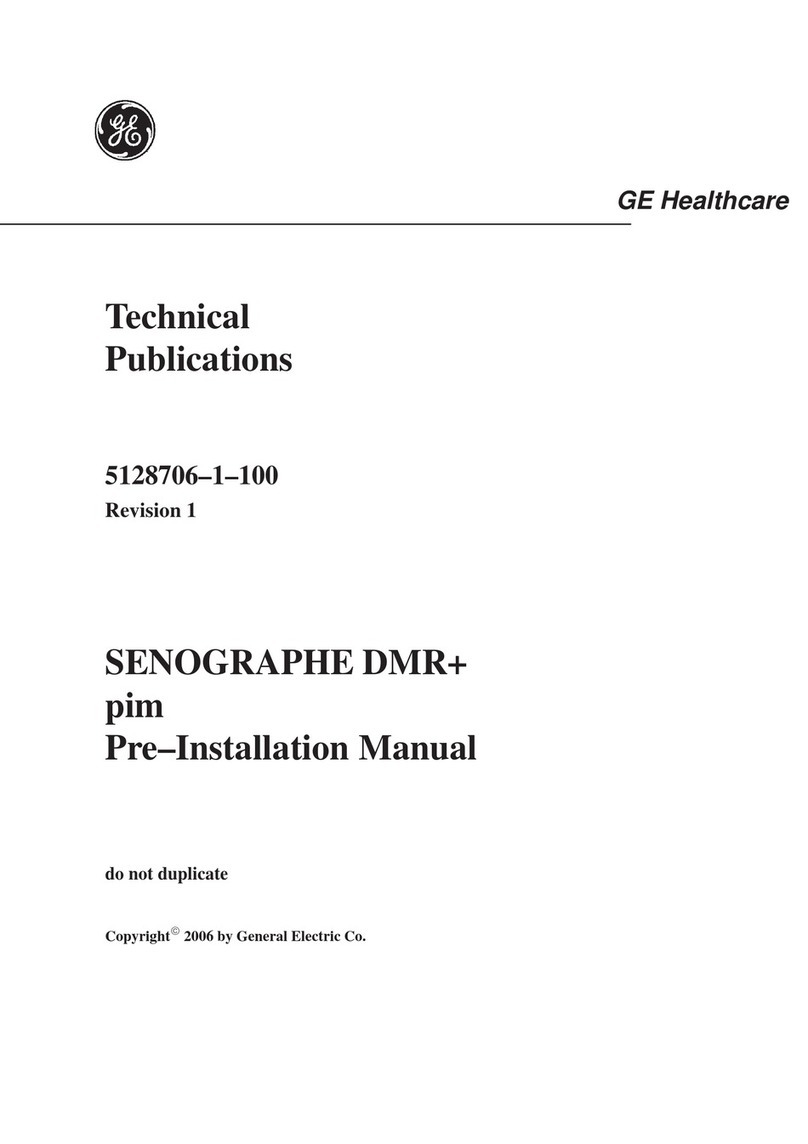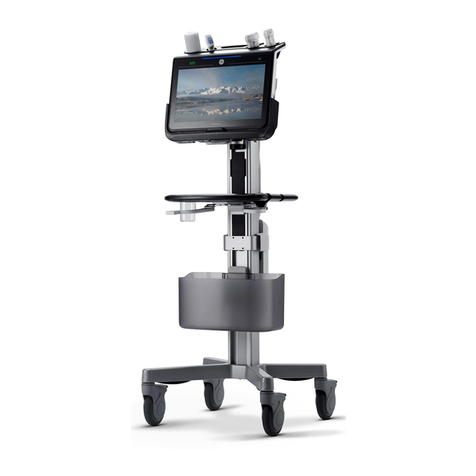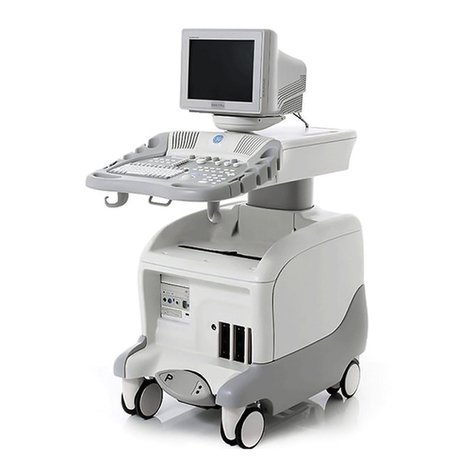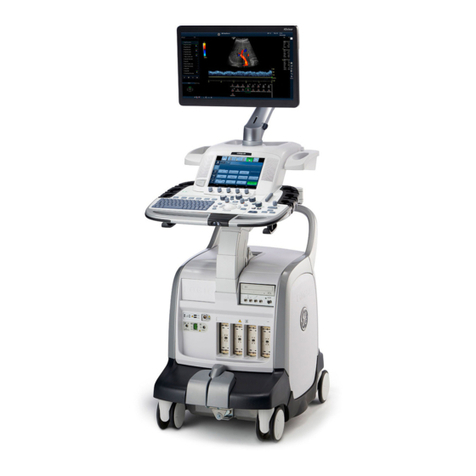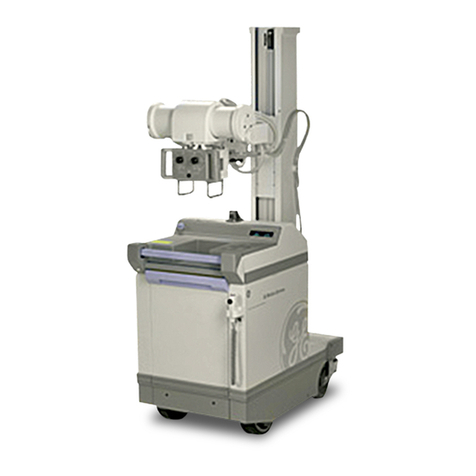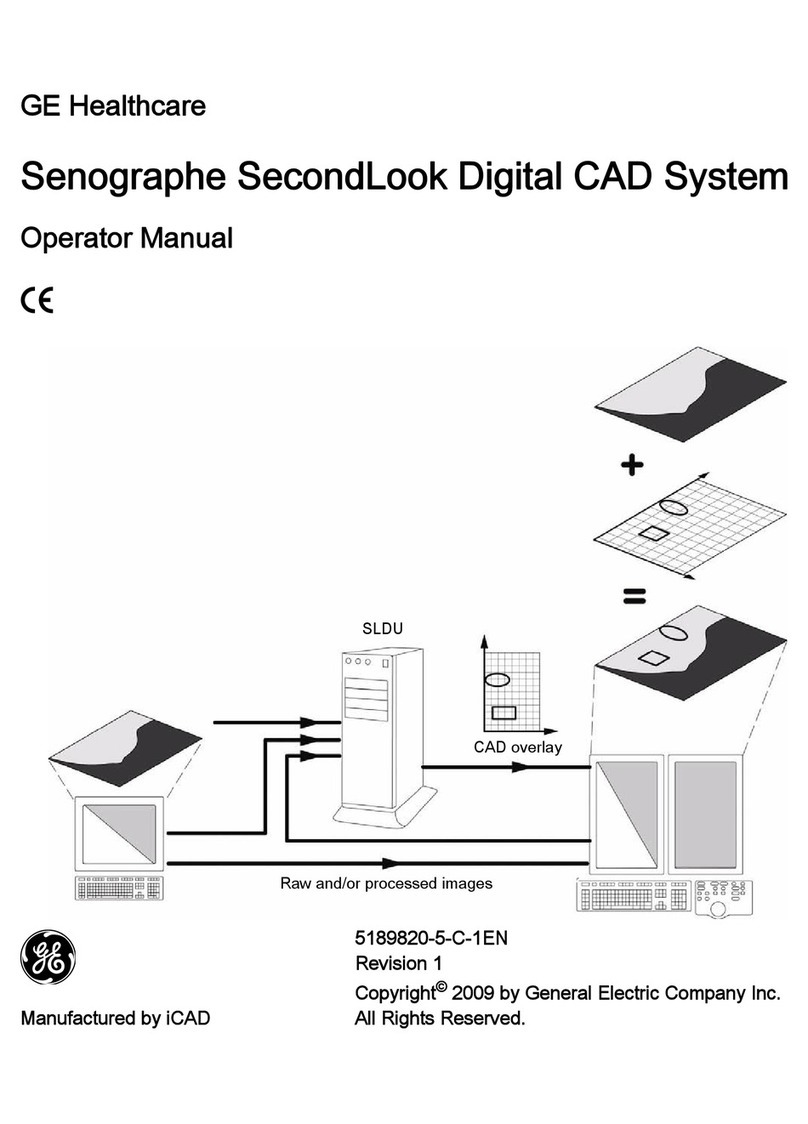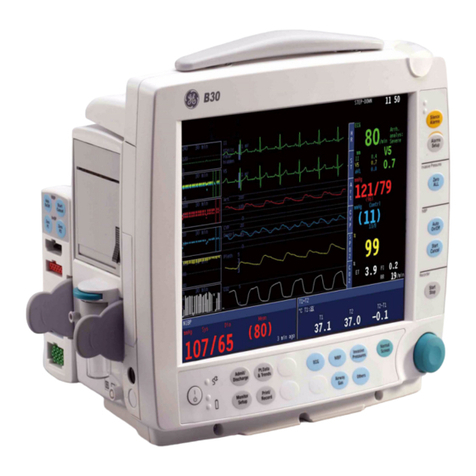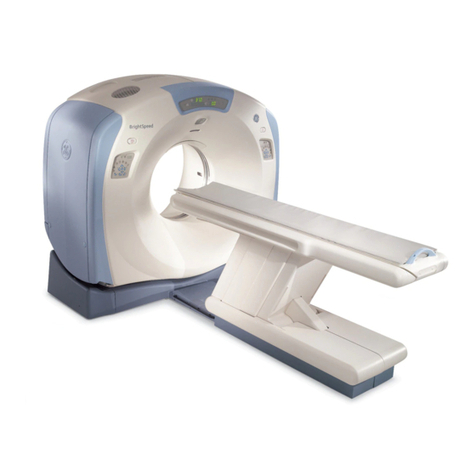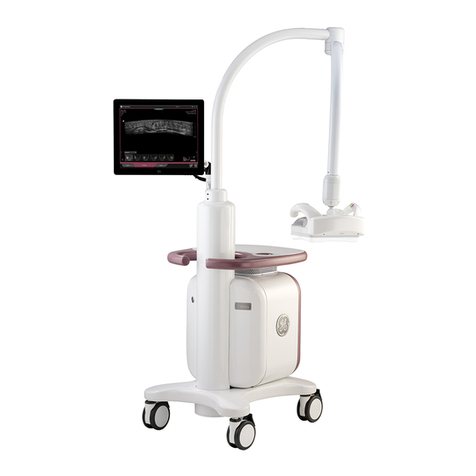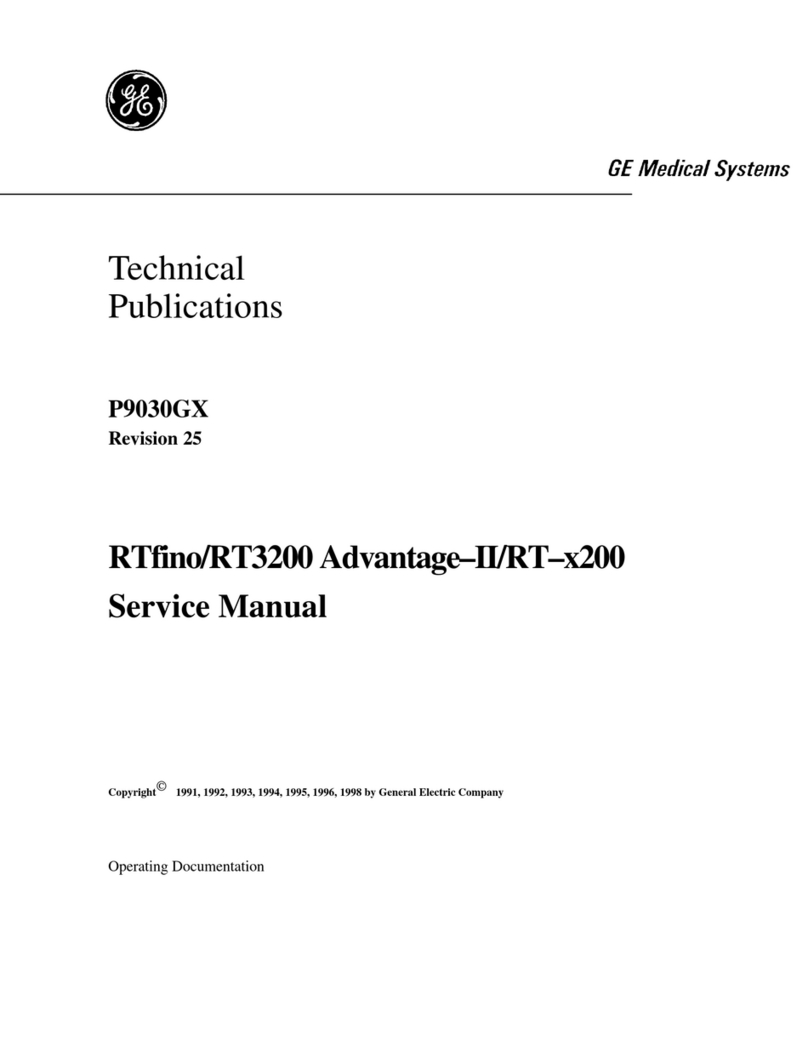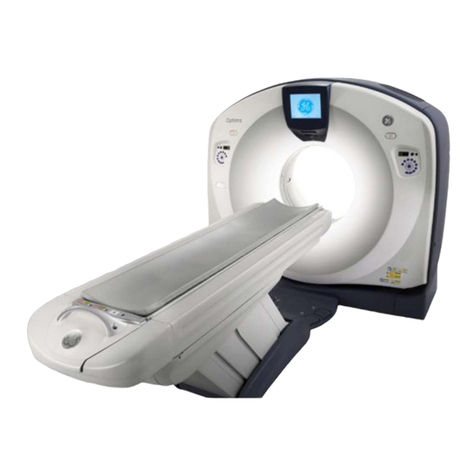Section 1
1Mediwatch Service Department
Service Documentation
About this manual
Chapter 1. Introduction
This service manual can be used to service the Portascan at board level. The manual explains the functioning of the boards by
means of functional block diagrams and photographs while connections can be checked at the connector overview.
Preventative and corrective maintenance is also included as are circuit diagrams.
Warnings
Chapter 2. Warnings and Precautions
A probe may only be connected to or disconnected from the scanner while the instrument is switched off. Ignoring
this may cause severe damage to your scanner and/or probe.
To avoid a risk of explosion the equipment must not be operated in the presence of flammable anaesthetics.
To avoid a risk of electric shock do not open the equipment. Refer servicing to qualified personnel only.
Be careful not to place the patient into contact with the ultrasound equipment or other devices. If the ultrasound
equipment or other devices are defective, there is a risk of electrical shock.
For continued protection against fire hazard, replace fuses only with the same type and rating.
The use of non-Mediwatch Plc components with this scanner may result in damage to Mediwatch Plc components.
To prevent hazards; refer to your local requirements for adequate electrical installation in case of class 1 type BF
equipment.
Do not subject the equipment to excessive shock, for example, when moving the equipment. If the equipment is
repeatedly subjected to excessive shock, mechanical parts may be damaged.
Assembly operations, extensions, re-adjustments, modifications or repairs must be carried out by authorized persons.
The electrical installation of the relevant room must comply with the IEC requirements.
The product must be used in accordance with the instructions for use.
Precautions
Cleaning the probe is done by first removing the ultrasound coupling gel with a soft tissue and then gently wipe the
probe dry using a new tissue or dry cloth.
When more cleaning is required only a mild detergent or hand-soap may be used together with some water and a
soft tissue cloth.
To avoid possible damage, the probe cable must not be coiled to a diameter of less than 9 cm (3.5 inch).
Although there is no danger to a patient with an implantable pulse generator (IPG); ultrasonic scanning equipment
could cause mechanical damage to the IPG if used directly over the device's implant site.
Do not use the equipment in locations subject to intense electric or magnetic fields (near transformers, for
example). If the equipment is used in such locations, the monitor will be adversely affected.
Do not use the equipment near devices generating high frequencies (such as medical telemeters and cordless
telephones). If used near such devices, the equipment may malfunction or adversely affect such devices.
To guarantee proper unit operation; do not operate the scanner in an environment with a temperature in excess of
35 °C. If the equipment is used in a small room, the room temperature may rise. Proper ventilation must be
provided.
Avoid installation near a heater or in direct sunlight.
For correct image geometry, only monitors properly adjusted by the manufacturer may be used on the scanner.
Inspect the probe carefully after a drop. A dangerous situation may arise due to damaged insulation of the probe
surface.
To prevent damage to mechanical probes due to excessive heat, a warning mechanism has been built into the system.






